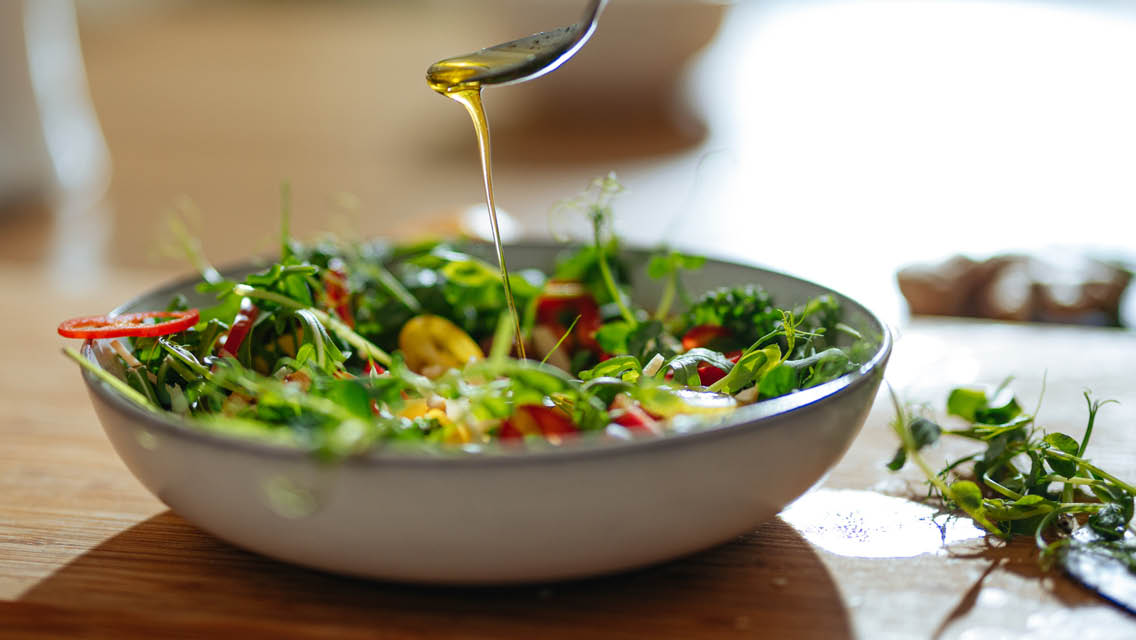Two facts about fruit are indisputable:
1) It is full of healthy phytonutrients, antioxidants, and fiber; and
2) it contains glucose, fructose, and sucrose.
But nature built in a safety check, and that’s fiber. The fiber in whole fruit buffers the impact of sugar on blood-glucose levels, says Robert Lustig, MD, MSL. (Dietary fiber also performs other key roles that might surprise you, affecting everything from your skin to your gallbladder, heart and immunity. Learn more at “Fiber: Why It Matters More Than You Think.“)
For people with insulin sensitivities, eating fruit at the end of a meal or combining it with some protein and fat can help. Both strategies ensure the fruit arrives in the gut alongside slow-metabolizing nutrients that lessen sugar’s effect on blood sugar.
People with either type 1 or type 2 diabetes can choose to count fruit among their daily allotment of carbohydrates, says Teresa Fung, ScD, RD. “Honestly, I’d rather someone eat a piece of fruit in place of refined carbohydrates, such as processed grains, because fruit has so many vitamins and antioxidants.” (When ground into flours, most grains act like sugar in the body, triggering weight gain, inflammation and blood-sugar imbalances. Here’s why whole kernels are a better option than processed grains.)
One glass of orange juice contains roughly 23 grams of sugar.
Individual carb tolerance varies, which means everyone processes carbs at different speeds. “Your liver has a limited capacity to metabolize fructose in the same way it has a limited capacity to metabolize alcohol,” says Lustig. “As long as you stay within your tolerance, you’re fine.” (For more on finding your unique carb tolerance, see “What Is Your Unique Carbohydrate Tolerance?“)
Then there’s fruit juice. Juicing fruit strips out its protective fiber and leaves the sugar behind. One glass of orange juice contains roughly 23 grams of sugar. While it’s true that juicing retains the fruit’s polyphenols, which the body can use, the high sugar content makes fruit juice a losing bargain for blood glucose.
In Defense of Fruit
In the race to embrace low-carb eating, many health-conscious people have been eschewing fruit, pointing to the carbohydrates and their implication in the onset of many chronic diseases. But a lot of experts consider the backlash against fruit misguided. Learn more at “Why Eating Fruit Is Still Good for You,” from which this article was excerpted.




